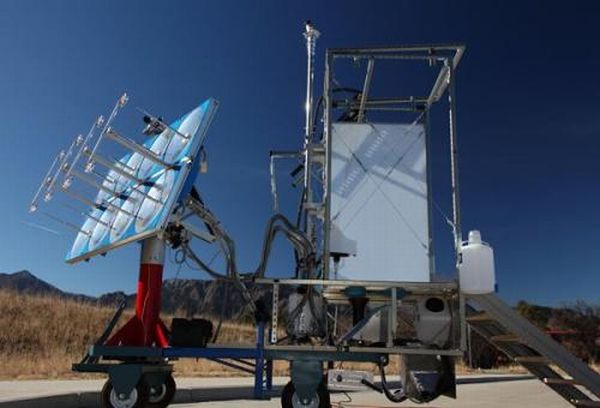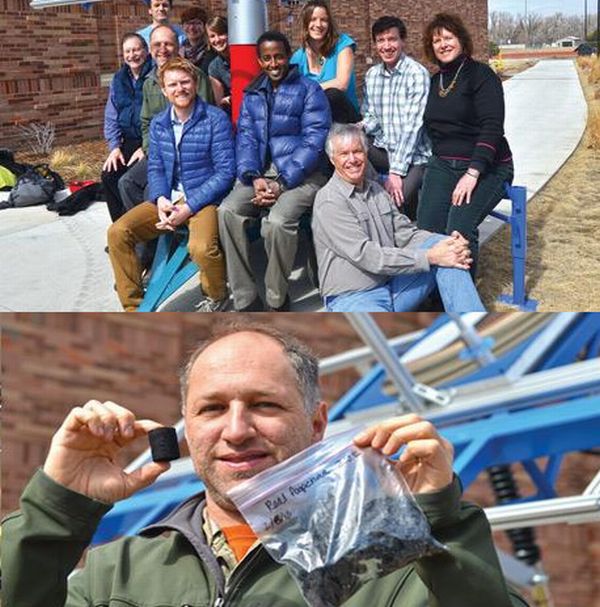Revolutionary waterless, solar-powered toilet arrives in India
Human fecal in open field is a common and critical issue in India. A huge part of the population is either having no access to proper toilets or they are ignorant about the health hazards and sanitation issue associated with the human waste pathogens, which transmits to people after it contaminates the water resources.
The University of Colorado has come out with an revolutionary boulder toilet that’ll not only provide toilet facility to billions of people in India or in any developing nation, but also produce Biorchar from the human waste. The biorchar will be highly fertile for agricultural use along with its availability as a heating fuel.
In 2011, Bill & Melinda Gates Foundation had funded the project with a $777,000 grant under its “Reinvent the Toilet Challenge”, and is now ready for its first public appearance in India.
A team of 16 members, including environmentalists, chemical engineers, mechanical engineers, solar energy experts, and social scientists invented the design under supervision of project principle Karl Linden. The team also includes some graduate and undergraduate students. After the initial funding in 2011, the team has received additional $1 million funding from Gates Foundation.
How does this solar powered boulder toilet work?
There are eight parabolic mirrors to direct and focus the sunlight on a single spot equal to the size of a postal stamp. This spot is situated on a quartz-glass rod, which is further connected to a bundle of eight fiber optic cables. These optic cables further consist of thousands of intertwined fibers. The energy generated is transferred through these optic cables to reaction chamber. All this mechanism can generate upto 700 watts of energy through sun-rays in the reaction chamber. The human waste particles including the liquid are heated to a temperature of 600 Fahrenheit to disinfect it completely. The end produce is highly porous char which is a one-two punch as it could be used either for boosting agricultural produce or it can be burnt to produce heat during the winter times.
Regarding their project, Linden says, “ Obviously, people at fairgrounds don’t want real feces present, so we’re going to make synthetic waste products. Biochar is a valuable material.It has good water holding capacity and it can be used in agricultural areas to hold in nutrients and bring more stability to the soils. While the idea of concentrating solar energy is not new, transmitting it flexibly to a customizable location via fiber-optic cables is the really unique aspect of this project. We are continuously looking for ways to improve efficiency and lower costs.” Appreciating the versatility of the team Linden said, “It’s been amazing because we’ve brought together a team of really diverse people with different backgrounds: social sciences, chemical engineers, environmental engineers.”
Presently, many CU scientists have left for Delhi, India, where the project will be at showcase at the toilet fair to be held on March 22 and 23. The toilet has been dissembled for shipping purpose and it will be re-assembled by the team and will be scrutinized by experts from Gates foundation to check the feasibility. If the project impressed the foundation, it’ll win more funding for more improvements in the design along with making it cheaper. The team isn’t only looking to develop small scale units, but if it received a green light for the second phase, the team will be looking at building larger capacity units to process human waste generating from multiple houses or colonies.
This incredible dry toilet has a great potential to tackle health concerns related to pathogenic human feces in developing countries like India where a large part of the population is still pooping in open.
University of Colorado Press Release

